Biography
(No Information)
Filmography
all 9
Movies 9
self 1
Marthe Schwerdtlein

Los 5 Faust de F. W. Murnau (2002)
Movie
Un Invité (Prologue)
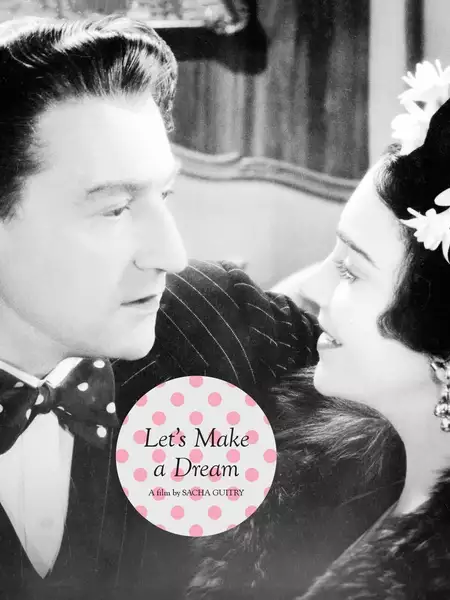
Let's Make a Dream (1936)
Movie
La Grand-Mère Moan
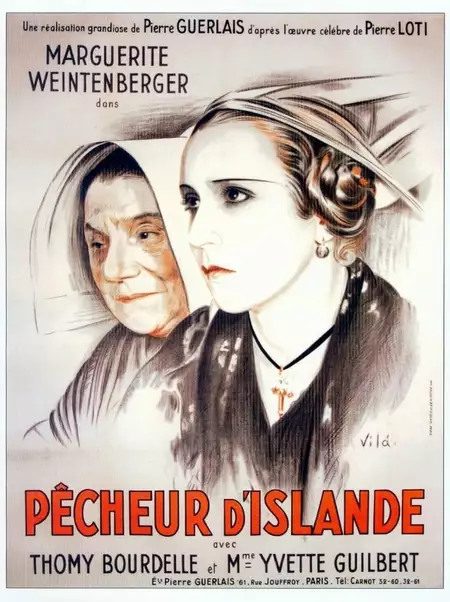
Iceland Fisherman (1934)
Movie
La Frochard
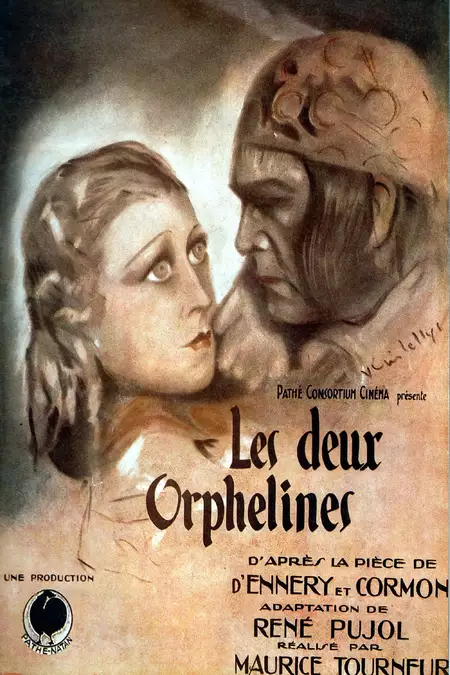
The Two Orphans (1933)
Movie
La Méchain
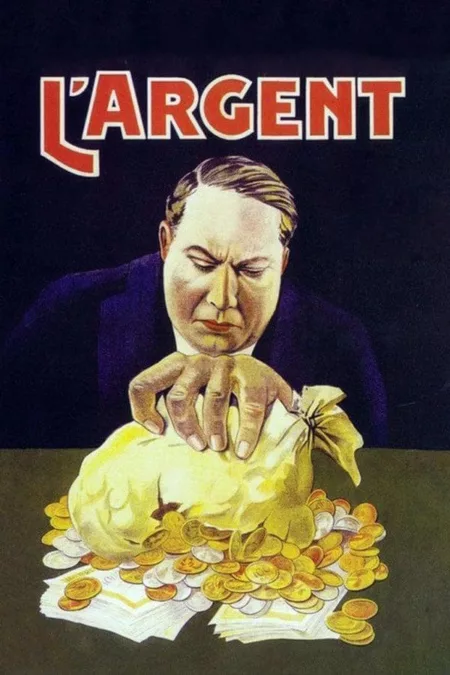
L'Argent (1928)
Movie
10
Die alte Fadette
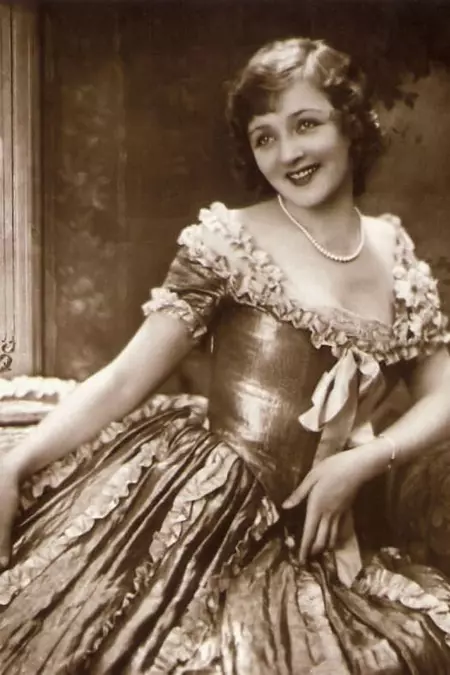
Die lachende Grille (1926)
Movie
Marthe Schwerdtlein
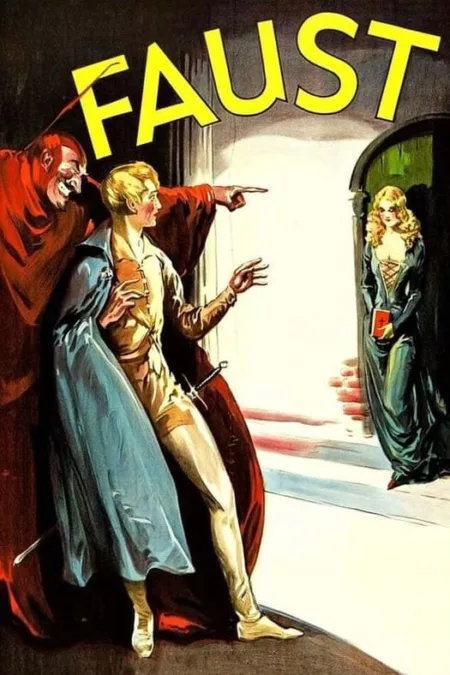
Faust (1926)
Movie
5.29
Actress

An Honorable Cad (1919)
Movie
Information
Known ForActing
GenderFemale
Birthday1865-01-19
Deathday1944-02-02 (79 years old)
Birth NameEmma Laure Esther Guilbert
Birth Place3rd arrondissement of Paris, France
CitizenshipsFrance
Also Known AsEmma Laure Esther Guilbert
AwardsKnight of the Legion of Honour
This article uses material from Wikipedia.
Last updated:
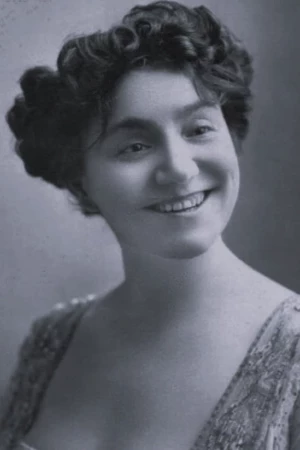 Yvette Guilbert
Yvette Guilbert- Filmography
- Information
- Related Persons


 ,
,